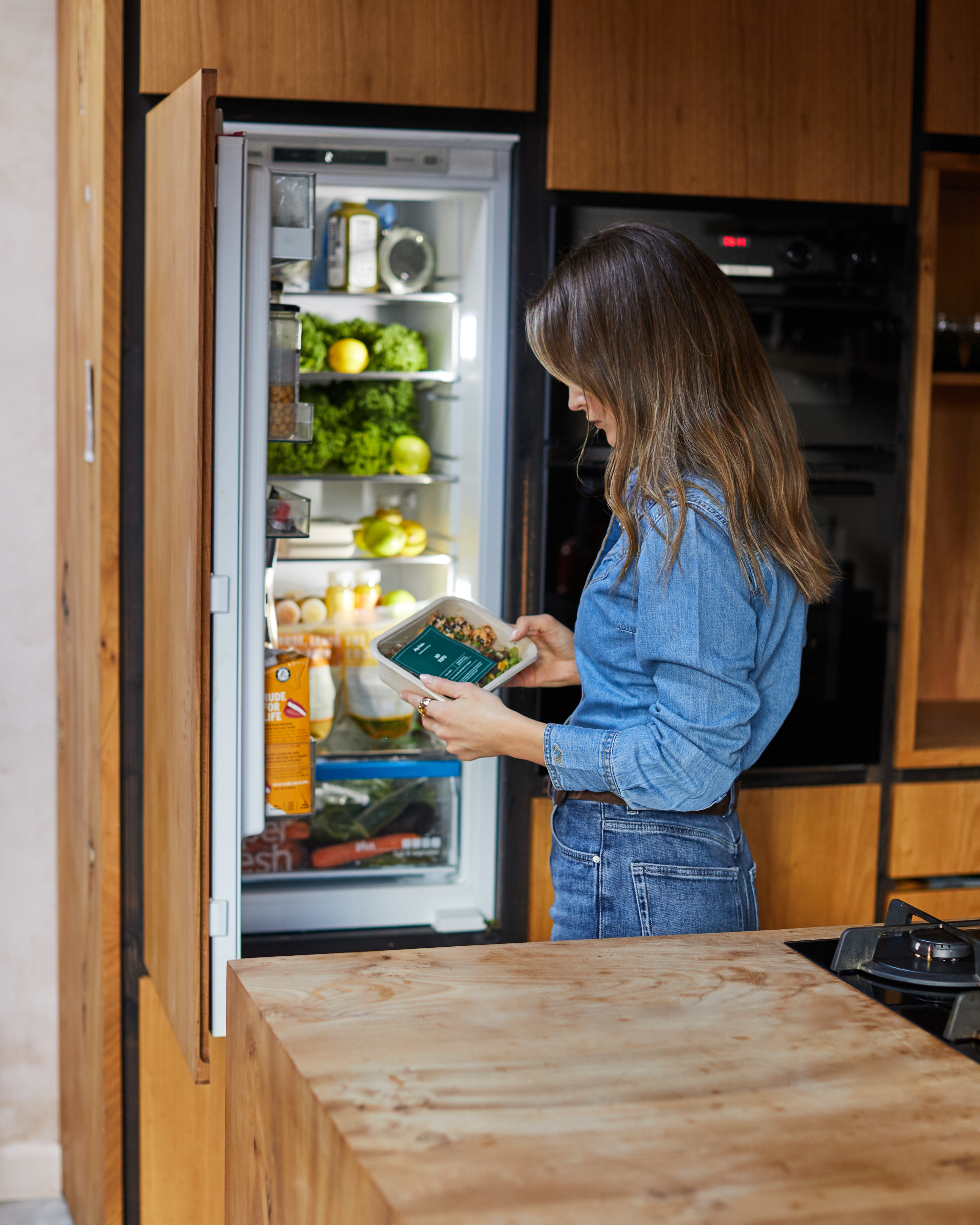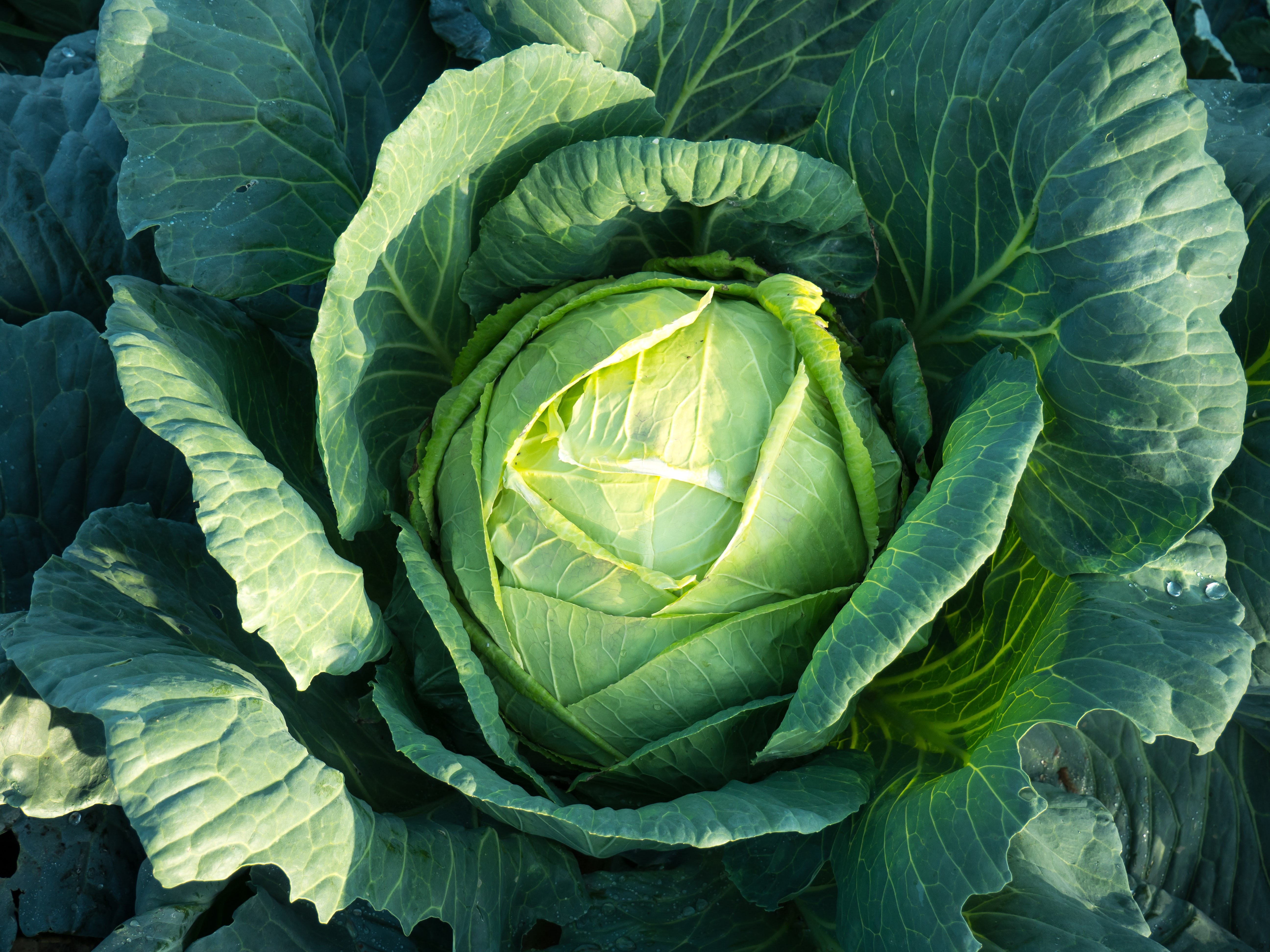01 Apr, 2020
Hit Reset on Your Sugar Habit
HealthAs we find ourselves confined to our homes, it’s easy for our intake of sugary foods to skyrocket – whether it’s comfort eating, eating out of boredom or not even realising we’re doing it.
One of my good friends said to me last night that she’s pretty sure her household is currently accounting for about 90% of the consumption of dark chocolate digestives in the UK right now, herself accounting for roughly 100% of those. While we don’t ever suggest denying yourself of the occasional indulgence, what is important is that we stay in control of our habits and don’t become dependent on or consume too much refined sugar.
I try to go entirely sugar-free for one week per month to give my body a break and help curb cravings.
Can’t I eat my Mini Eggs in peace?
None of us are under the illusion that refined sugar is in any way good for us. Quite simply, refined sugar intake is linked to conditions like obesity, type 2 diabetes, and heart disease. Sugary foods also set us up for a rollercoaster of blood sugar highs and lows, energy surges and crashes, which can lead to uncontrollable cravings.
Even those of us leading a “healthy lifestyle” could unknowingly be undermining our health by eating too much sugar.
We’re here to help you establish sugar habits that are healthy and sustainable long-term.
So why do we crave sugar?
A lot of sugar cravings come from blood sugar imbalance. When you consume sugar, your blood sugar level spikes and your body releases insulin to lower it to a safe level. If the insulin brings your blood sugar level too low, your body then craves foods that will raise it and increase your energy. This is where the term ‘blood sugar rollercoaster’ comes from. When we eat sugar, our brain releases chemical rewards, such as dopamine. Which is why sometimes it can feel like we’re addicted to sugar.
Cravings can also originate as a result of lifestyle – stress can cause the hormone cortisol to flood your body, releasing glucose from your liver, which in turn raises your blood sugar level. Poor sleep can also trigger excess eating as your body looks to combat your fatigue.
It’s important to listen to your cravings and try to determine their root cause: true hunger, emotional eating or habit.
And what can we do to curb those sugar cravings?
We posed the question to nutritionist Rob Hobson. His advice? Eat more and keep it balanced! According to research, nutrient deficiencies can make sugar cravings worse, as some nutrients appear to improve blood sugar control, including chromium, vitamin B3 and magnesium. Hobson says "The best thing you can do is eat a diet that is rich in protein, healthy fats and fibre, which will help maintain your blood sugar levels."
Here are a few further suggestions to help you break the sugar habit:
Get in the kitchen
By cooking from scratch and avoiding processed foods you will remove a lot of the sugar from your diet, hidden or not. This period of self-quarantine is the perfect time to get in the kitchen. Why not order our Veg & Essentials Box to get you started. Then head over to the recipe section of our blog for inspiration. We highly recommend the Stuffed Middle Eastern Sweet Potatoes as well as the Herb Fritters with Tahini Dressing. Try the Rhubarb & Apple Crumble if you're really craving something sweet.
If you’re baking, try to use honey, maple syrup or even better, fruit, as sweeteners, in place of highly refined sugars, and also make use of spices such as cinnamon.
Make the right choices at breakfast time
A good breakfast can set you up for a day of stable blood sugar and help control your appetite and, ultimately, weight. Starting the day with a sugary breakfast is a sure-fire way to set you on a blood-sugar rollercoaster, so try to avoid consuming any sugar for as long as possible each day.
The key is to eat a breakfast that contains slow-release carbohydrates (to maintain steady energy levels) as well as a little protein, and healthy fats to help keep us feeling fuller longer. Eggs and avocado on rye is a good option, as is a bit of coconut yogurt with porridge and seeds.
Read your labels
Hidden sugars and food labels are a minefield to navigate. You can find hidden sugars in nearly everything processed, and sometimes not where you’d expect, such as cereals and jarred sauces.
Food companies can be sneaky and try to hide sugar in the ingredients list with names a consumer might not understand. Look for the following names for added sugar and try to either avoid, or cut back on the foods where they are found:
- corn syrup
- corn sweetener
- fruit juice concentrates
- high-fructose corn syrup
- molasses syrup
- sugar molecules ending in "ose" (dextrose, fructose, glucose, lactose, maltose, sucrose).
The danger of free-from products
The problem with the promise of 'zero sugar' and 'zero fat' products is that something has to replace the sugar and the fat, and it's often something nasty. Highly processed low-fat food products, think yogurt, cereals and ready meals, are often bulked out with extra sugar and stabilisers to compensate for the flavour lost when fat is removed. A study by Rotherham Institute for Obesity found that a whopping 40% of ‘low fat’ supermarket alternatives had more sugar in than their full fat counterparts. Bottom line, don’t be fooled by ‘sugar free’ or ‘low fat’ labels, as these products may well contain other nasties in their place.
Go on a cleanse
Resetting your sugar habits doesn’t mean restriction, it’s about reclaiming balance. With our healthy meal plans designed to keep your energy steady and cravings in check, you can break the cycle and feel good doing it. Choose nourishing meals and lean into natural sweetness by experimenting with the best sugar alternative and the healthiest sweetener options to find what works for you. Sometimes a small shift in routine is all it takes to feel in control again.




